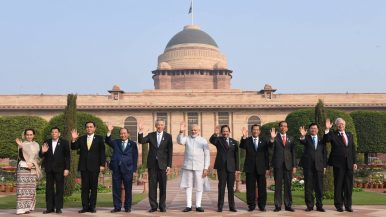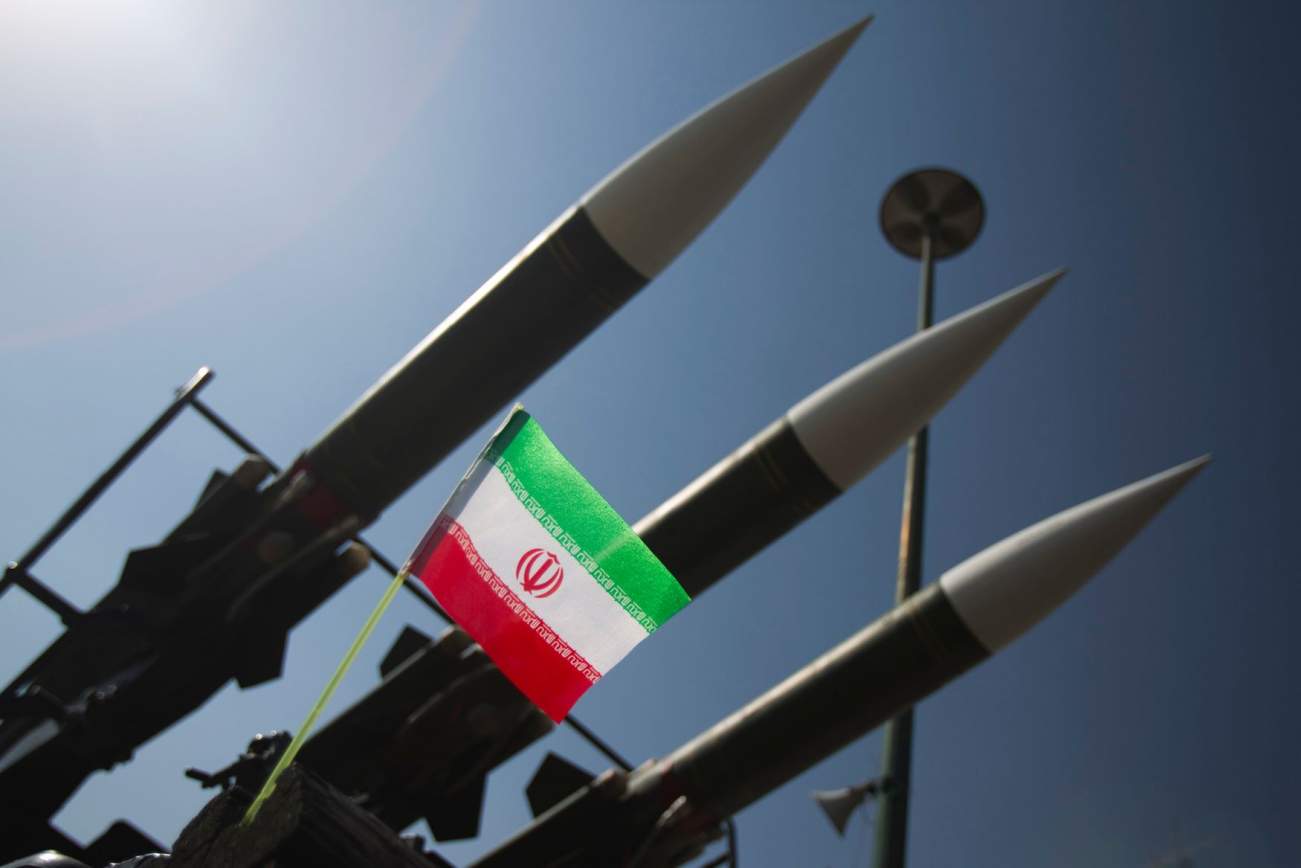There is no question that the president has reframed the debate on trade in the United States. As I have said many times, after 30 years below the fold in the business section (for you, millennials, that’s a reference to old-fashioned newspapers), trade is now on the front page every day. As it turns out, that has had both good and bad consequences. On the good side, trade policy is now a common topic of conversation, which means, in turn, people are learning about it, whether they want to or not. What is a trade deficit? How long have we had one? Is it good or bad? What is currency manipulation? Why do exchange rates matter? What are subsidies? Dumping? Tariffs? Who, or what is the WTO? What are supply chains, and how do they make things different? People are now asking those questions and getting answers from experts. The answers are not always the same, but that’s fine—people are learning about trade and globalization, and that’s a good thing. Regardless of where they end up, they will be in a better, more informed position to make judgments on our trade policy.












